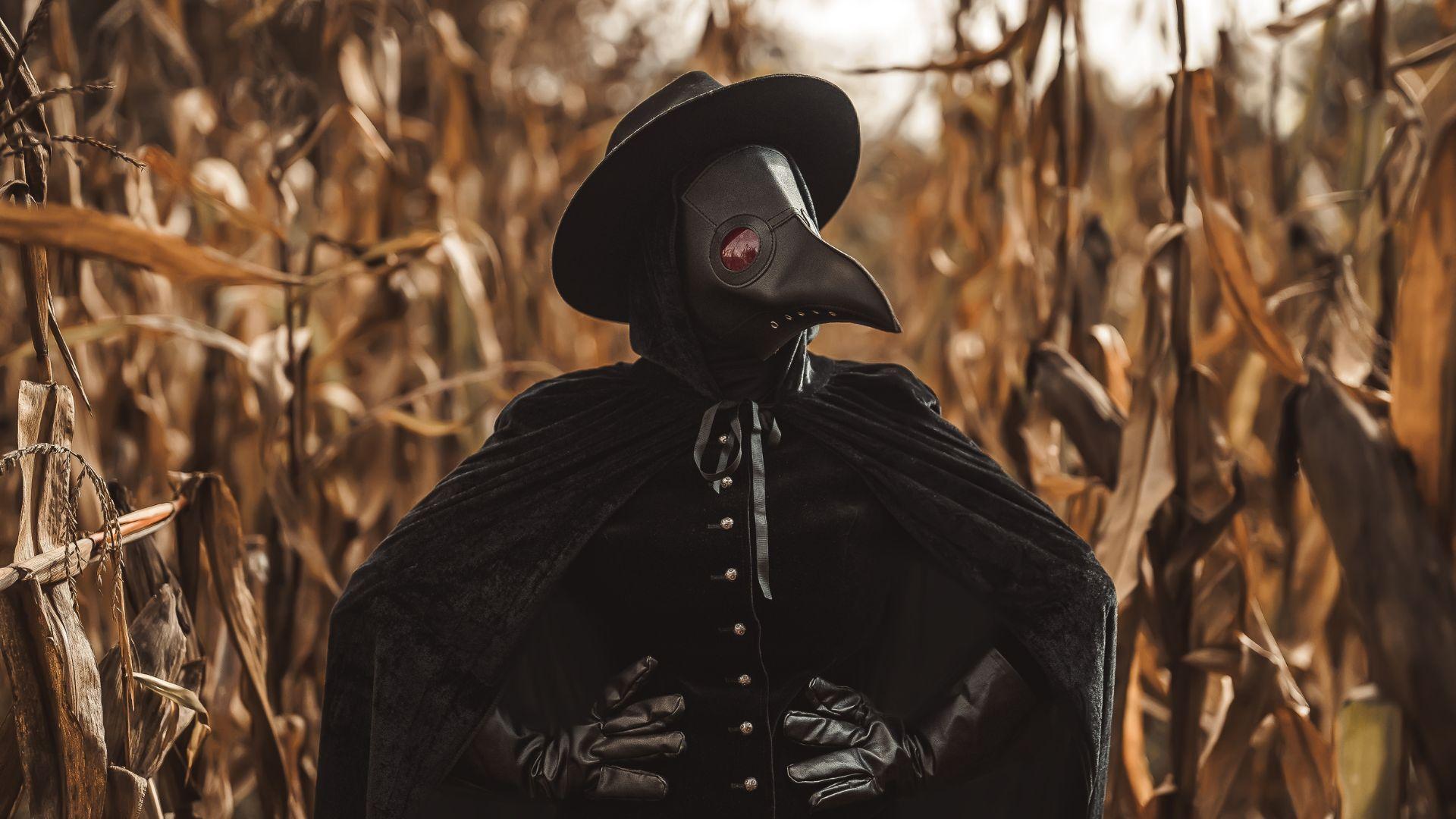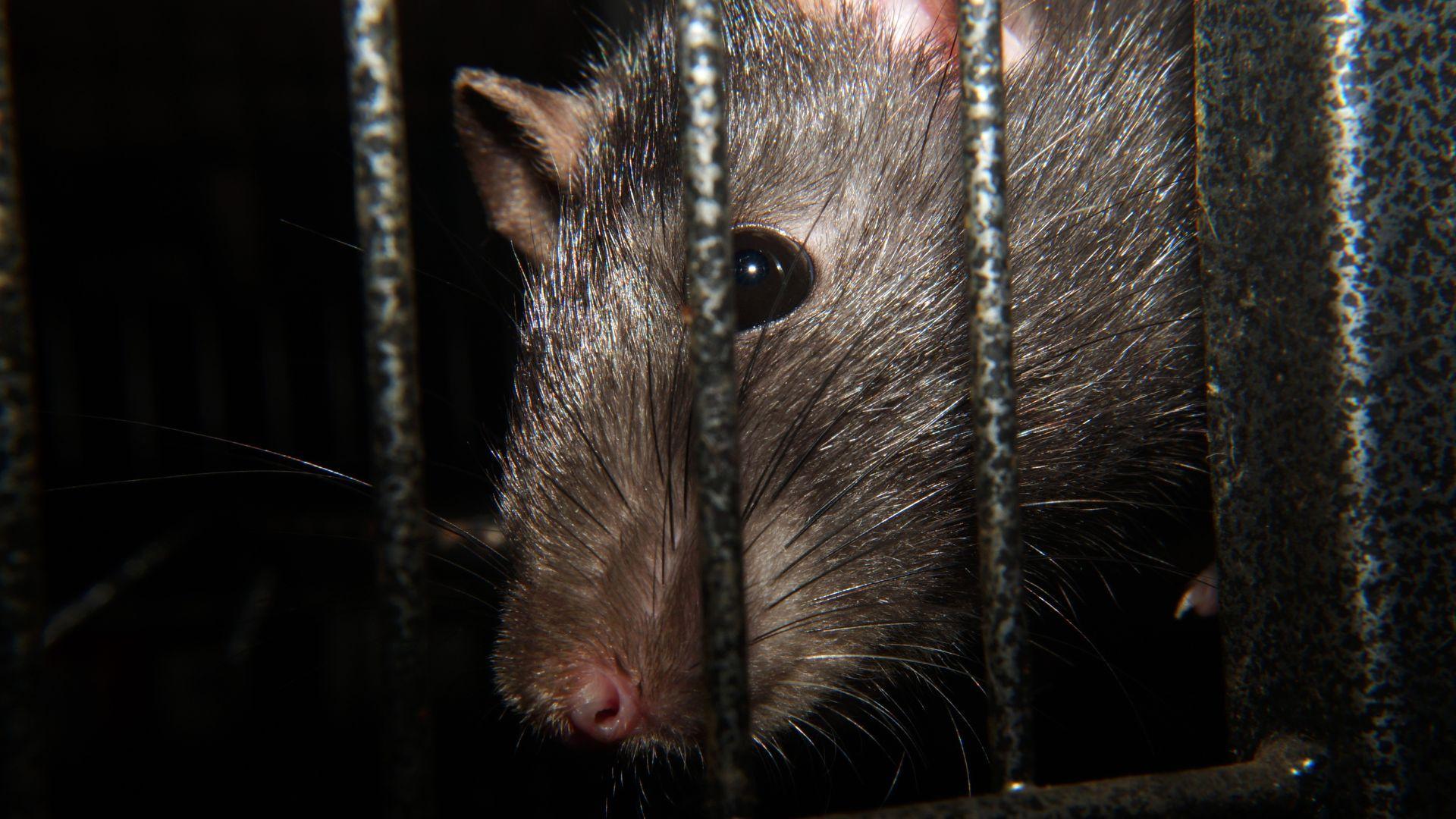On July 11th, 2024, a case of bubonic plague was confirmed in Colorado. This sickness, which is widely thought to be history, still infects a number of people each year.
Here’s everything you need to know about the plague and how to prevent an infection of your own.
What is the Bubonic Plague?

The bubonic plague is caused by the _Yersinia pestis _bacterium that can infect humans and a wide range of animals, especially small animals like rodents. The plague can appear in three different ways; the bubonic plague is most common among humans.
Bubonic plague is a bacterial infection that attacks lymph nodes. Septicemic plague spreads through the whole body, and pneumonic plague—which infects the lungs—is the quickest killer. Bubonic plague can advance into the other types if left untreated.
History of Bubonic Plague

The bubonic plague has been the cause of many of the most deadly pandemics in human history. In the Middle Ages, this “Black Death” killed a third of Europe’s population—about 25 million people.
The Plague of Justinian—which spread throughout Asia, Europe, and Africa about 800 years before the Black Death—killed about half of the world’s population at the time. Throughout history, the plague has been the cause of death for over 200 million people.
What are Symptoms of the Plague?

The plague is a very serious disease. Symptoms include high fever, chills, fatigue, headache, and pain in the abdomen, legs, and arms.
The bubonic form has the symptom of buboes, which are painful, pus-filled swellings, especially around lymph nodes. If the disease advances, the septicemic form’s symptoms include the death and blackening of skin and tissue (hence the term “Black Death”). Symptoms of severe pneumonia like difficulty breathing, chest pain, and a cough will appear in pneumonic forms.
How Can You Get the Plague?

The _Yersinia pestis _bacteria is transmitted through the bites of infected fleas. In the Middle Ages, many got these bites from the plethora of flea-invested nearby rats.
Nowadays, people can still get the plague because of rodents. However, it’s more common to be infected by fleas on pets. Humans can also be infected by touching infected bodily fluids, whether by handling dead or sick animals or by ingesting respiratory droplets of a patient who has pneumonic plague.
Where Does the Plague Exist?

Plague is world-wide—it naturally circulates among animals and fleas on every continent except for Antarctica and Oceania. According to the World Health Organization, the plague is found most often in Congo, Madagascar, and Peru.
In the United States, the plague is most common in the rural West, Southwest and Rocky Mountains, in states such as Arizona, Colorado, California, New Mexico, and Nevada.
How Do You Treat the Plague?

The plague has not been eradicated, but we’ve gotten better at preventing and treating it. Luckily, there are antibiotics available to treat the plague.
If you think there is any possibility that you have been infected, get to a doctor immediately. The plague can be extremely deadly if not caught and treated quickly.
Is There a Vaccine?

There is no commercial vaccine available in the U.S. Worldwide, vaccines are only administered to those who may encounter the plague regularly as part of their job.
New plague vaccines are being developed, but the CDC has said that they “are not expected to be commercially available in the immediate future.”
How Do You Protect Yourself?

The CDC recommends taking steps to make sure that there are not a large number of rodents around you. One way to do so is to remove trash and brush from homes, workplaces, and recreational areas. Ensure that pet and animal food is secured, as well.
When camping or hiking, make sure to use flea repellent and to apply flea control products to pets and clothing. Additionally, it is recommended by the CDC that people who live in areas where the disease is known to circulate not allow their pet dogs or cats to sleep on their beds.
Cases Earlier This Year

The case in Colorado is not out of the ordinary, actually. In March, a man in New Mexico died after contracting the plague.
There was another case in Oregon reported in February. It was the first case in the state in ten years. The infected person from Oregon is believed to have contracted the disease from their cat.
The Possibility of a Plague Bioweapon

Despite the readily available antibiotics and potential for a vaccine, health security experts are concerned about the possibility of the plague being used as a bioterrorist weapon in the future. Luckily, the U.S. and other countries are prepared for potential attacks.
Although experts do think that it would be unlikely a terrorist would deploy a plague bioweapon, there are many examples throughout history of the plague being used as a biological weapon. Because of its potential threat to national security, the plague is actually considered a “high priority” agent in the United States.
What Does the Colorado Case Mean for Public Health?

This case from Colorado is a good opportunity to remind the public about the dangers of the plague, but there is no need to panic.
As long as you take the proper preventative steps and see a doctor if you believe you may have contracted it, the plague is easily controlled. Modern medicine ensures that there is no threat of a modern Black Death.

